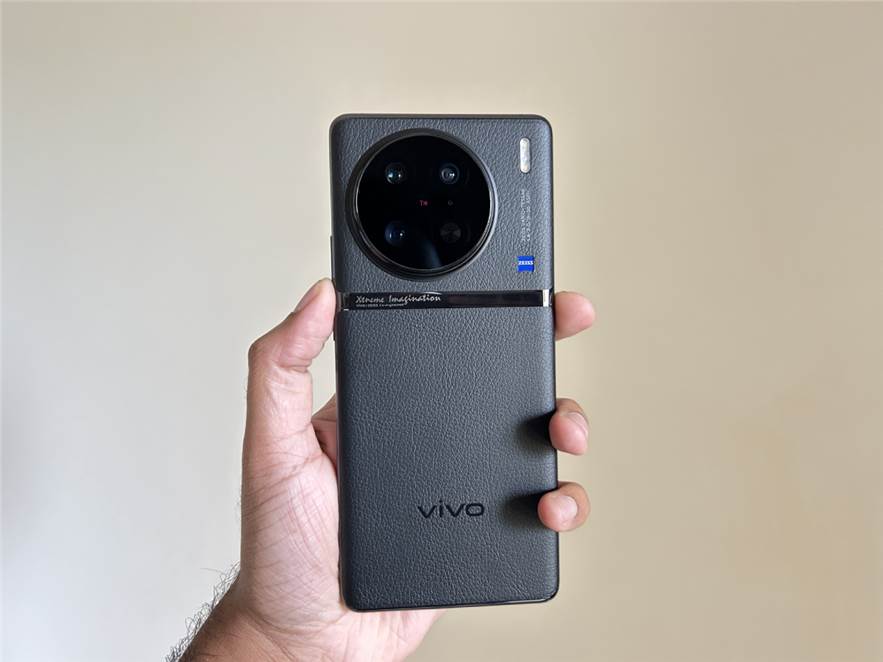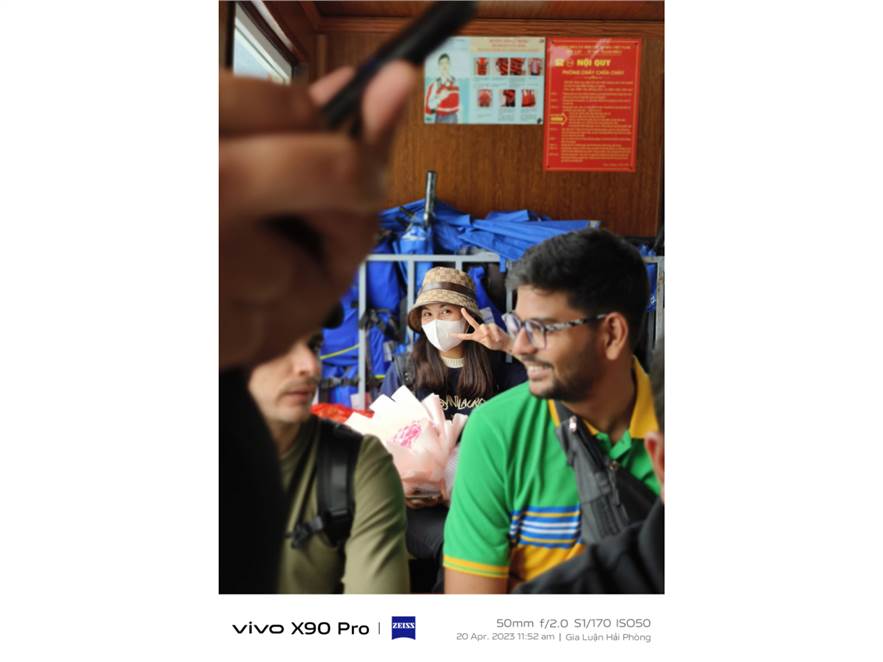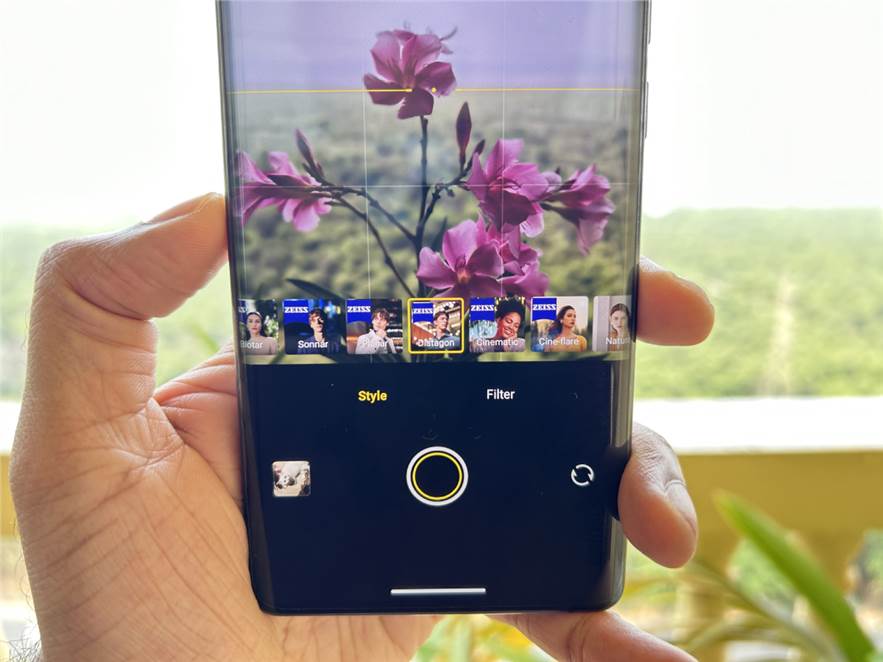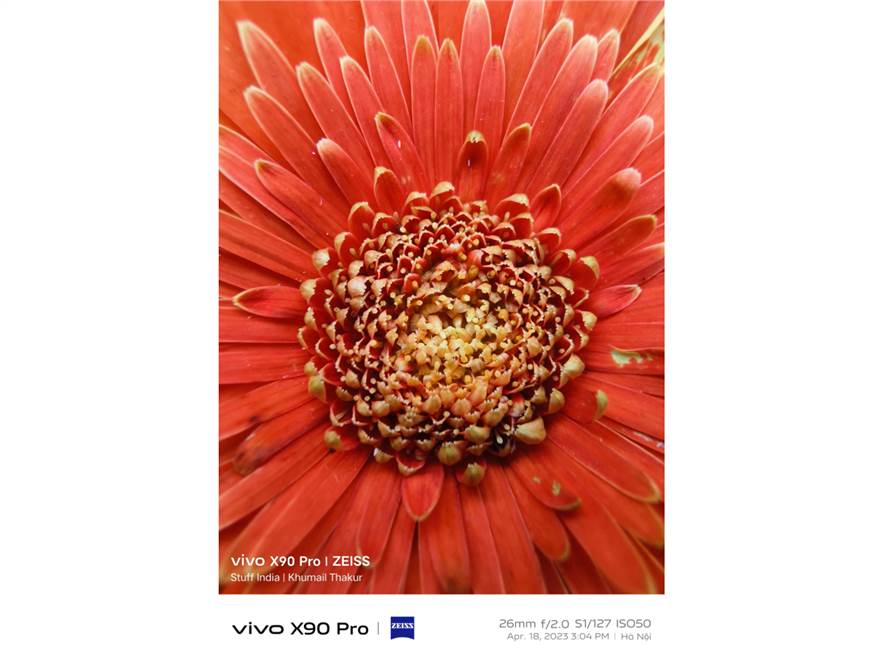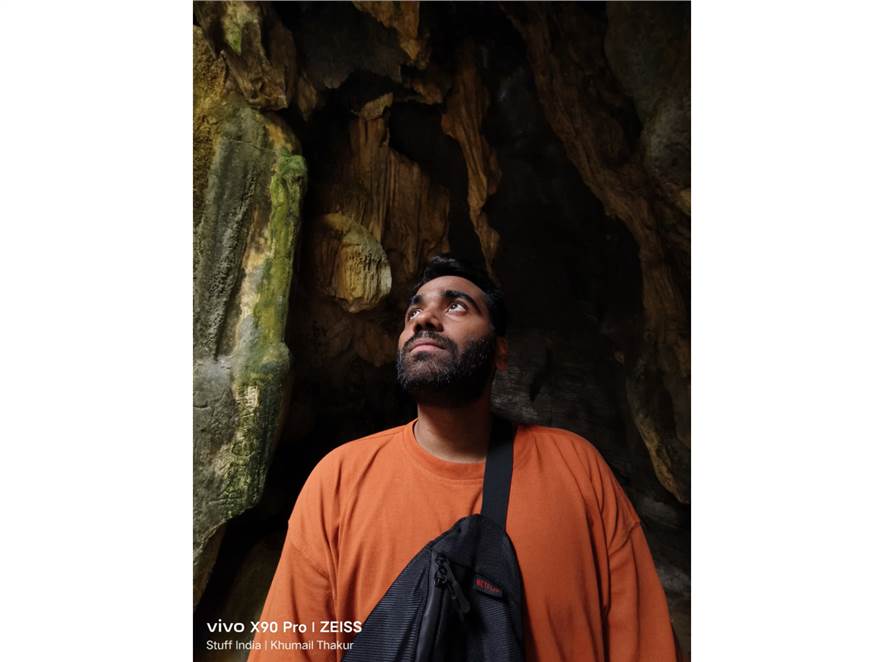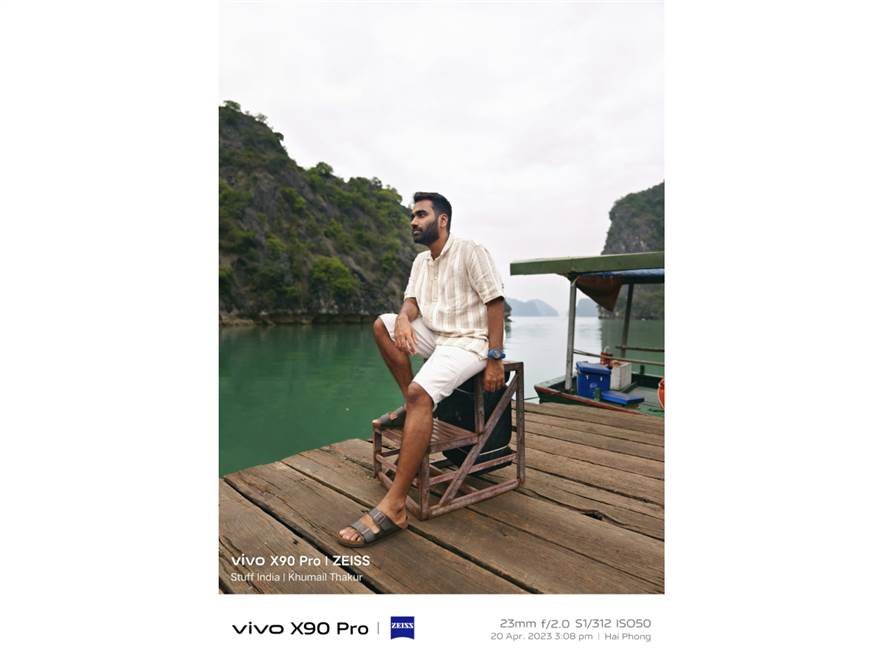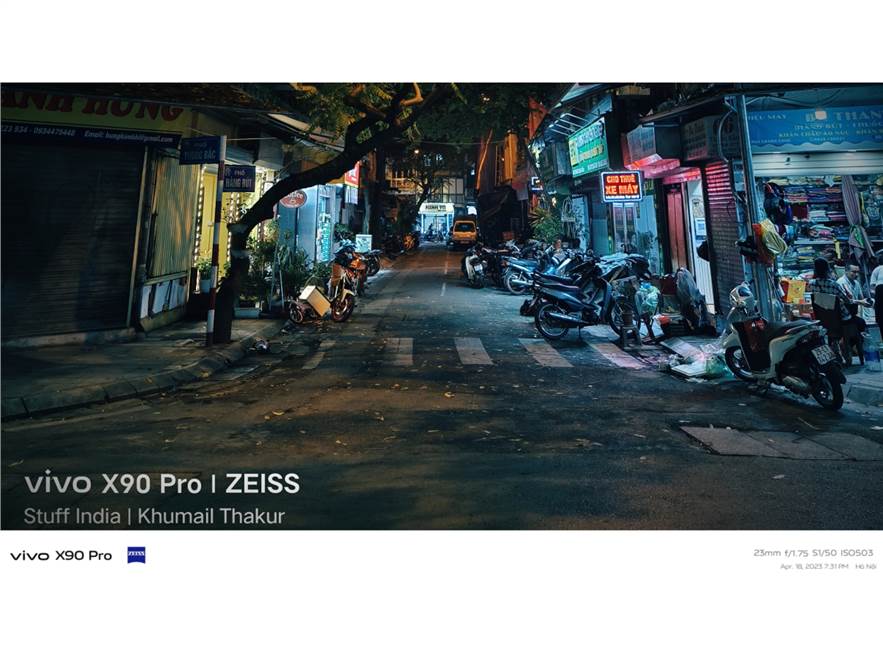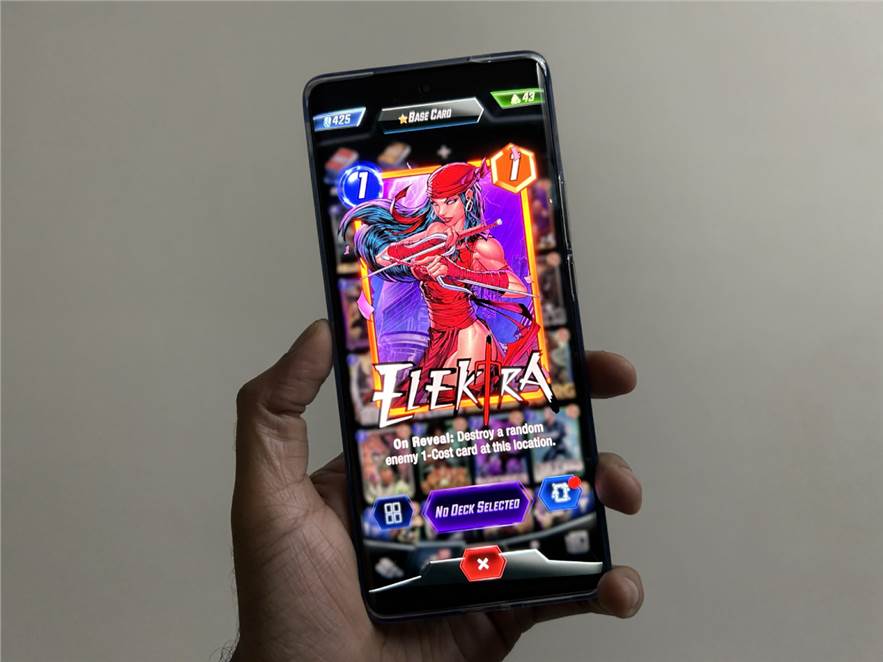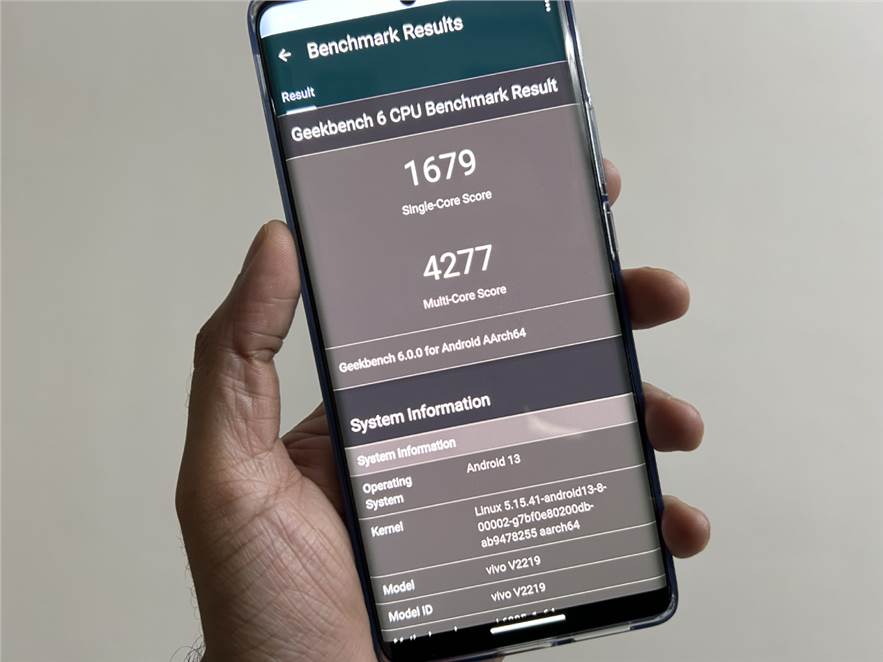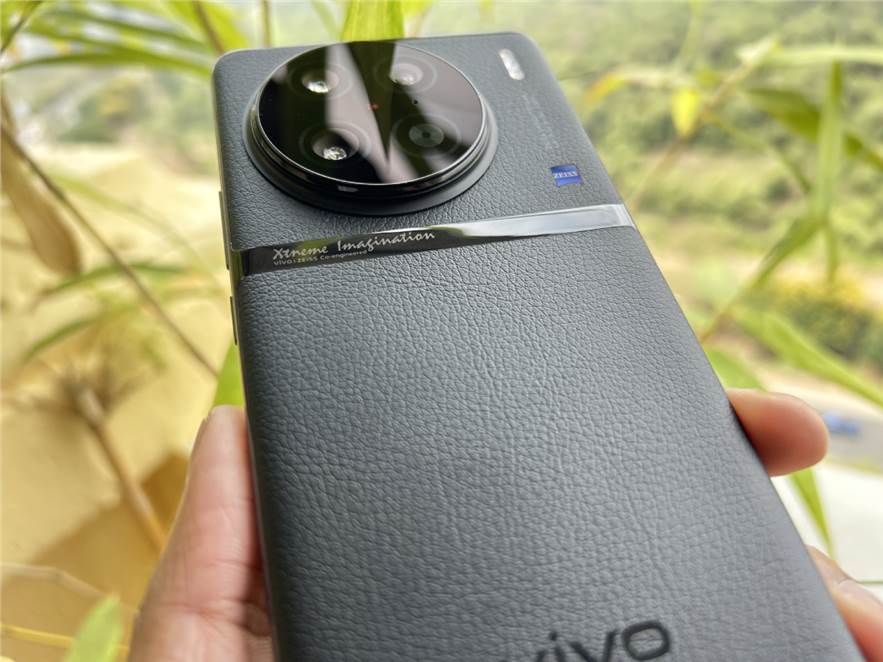Vivo X series smartphones have always focused on combining excellent camera hardware with fantastic photography smarts for users who love pointing the lens at everything. Its purpose is to combine Zeiss’ glare-cutting lenses with camera hardware that may not be present in the competition but Vivo went a step further with the X90 series. The Vivo X90 Pro has a 1in camera sensor which is a common trend among Android smartphones in 2023 but this time it’s married with Zeiss’ colour calibration smarts, excellent portraiture bokeh and the T* coating on the lenses. This is easily, the most fun camera for photography nerds.
